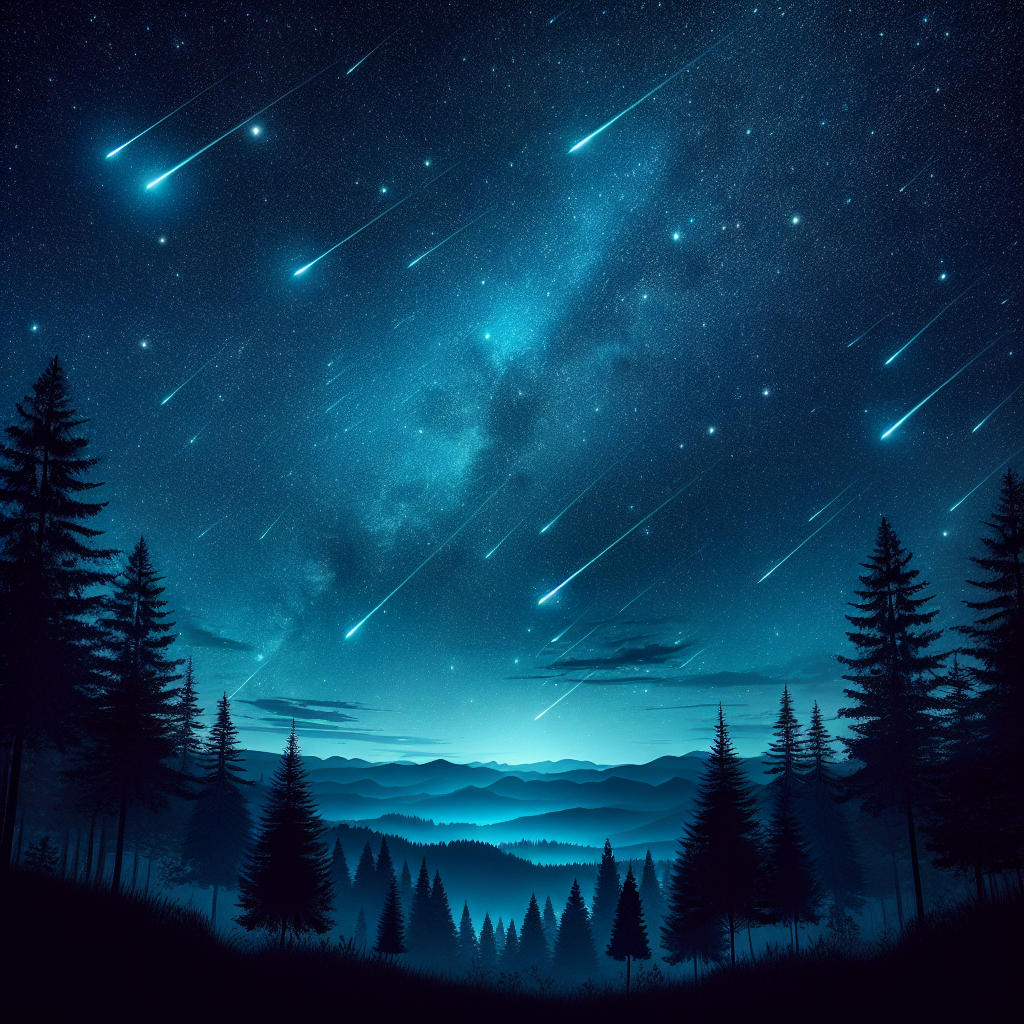Every year, as mid-August approaches, I find myself drawn into a ritual as predictable as the phases of the moon. It’s not marked by the calendar, but by the cosmos itself—the Perseid meteor shower. This celestial event, a dance of dust and light, has a way of turning even the most casual observer skyward, transforming the darkness into a canvas of wonder.
The Magic of the Perseids
Named after the constellation Perseus, from where they seem to radiate, the Perseids are debris from the comet Swift-Tuttle. As Earth orbits through this cosmic litter every summer, pieces of comet debris ignite upon meeting our atmosphere, creating streaks of light that we lovingly call shooting stars. It’s a performance that the universe rehearses all year, only to unveil it when conditions—the absence of moonlight and clear skies—are just perfect.
On any given night during the peak of the Perseids, you can witness up to 100 meteors per hour, each one a brief, bright visitor burning up in its journey across our sky. These are moments of fleeting beauty, where each trail of light burns briefly but intensely, like the spark of a new idea or the memory of a lost love’s smile.
Why We Watch
Why do we look up? There’s something inherently human about gazing at the night sky, seeking out patterns and stories among the stars. The Perseid meteor shower offers more than just beauty; it offers a connection to the vastness of the universe and, perhaps, a reminder of our own fleeting place within it. Watching a meteor streak across the dark, one can’t help but feel both insignificant and incredibly alive at the same moment.
The Perseids also serve as a bridge across cultures and ages. People from different parts of the world, who look up and see the same meteor, share an unspoken bond. The ancients watched these same lights, crafting myths and legends around them. Today, we continue this tradition, crafting our own narratives or simply basking in the wonder of the universe’s scale.
How to Experience the Perseid Meteor Shower
To truly appreciate the Perseids, you need darkness and patience. Find a spot away from city lights, give your eyes time to adjust to the dark—usually about 30 minutes—and just watch. You’ll need no special equipment; your eyes are the best tools for this experience. Lie back, let the Earth’s rotation carry you, and watch the meteors trace quick, bright lines in the night.
If you’re keen on capturing this celestial spectacle, a basic DSLR camera on a tripod with a wide-angle lens and long exposure settings can help you preserve some of these swift beauties. But whether through a lens or with the naked eye, the essence of the Perseid meteor shower is best captured in the heart and the mind.
Reflecting on the Universe’s Gifts
As another Perseid peak passes, and the trails of light fade into dawn, I’m reminded of why I return each year. It’s not just the beauty of the meteors themselves, but the way they light up the face of the person beside you, the laughter and gasps that break the night’s silence, and the feeling of being part of something larger than life itself.
This annual meteor shower isn’t just a beautiful astronomical event; it’s a reminder of the rhythms of the universe, and the small, perfect moments of joy we share under the vast, starlit sky.
For those intrigued by the intersection of culture and astronomy, consider diving deeper into how humanity has historically interpreted such celestial events. NASA’s Artemis Program Explained Like You’re My Stargazing Buddy offers a captivating glimpse into our lunar aspirations, blending the poetic with the scientific in a way that echoes our fascination with meteor showers.


